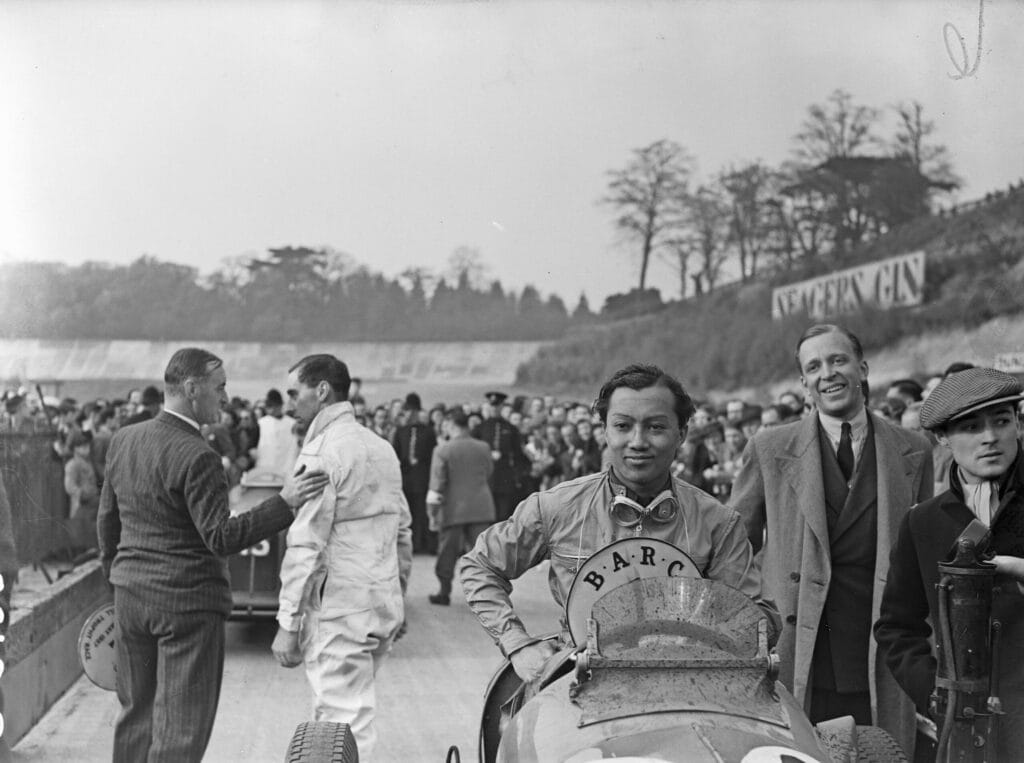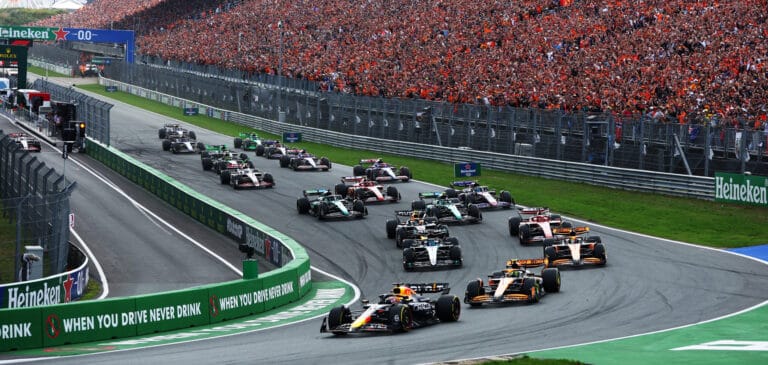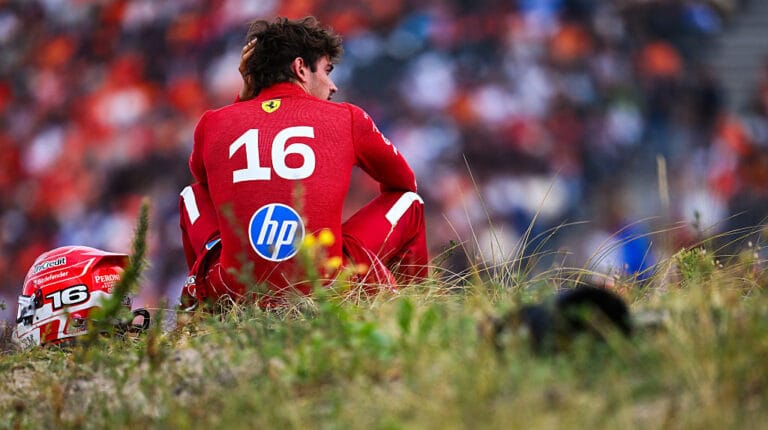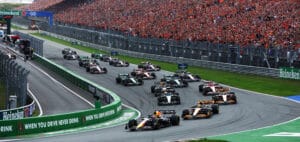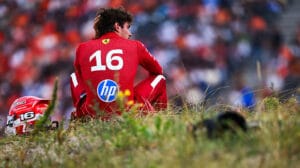Prince Birabongse Bhanudej Bhanubandh, better known as Prince Bira, was the victor of the very first car race at the Zandvoort circuit in 1948. As we approach the Dutch GP in Zandvoort, we present a portrait of this vibrant Thai prince, who initially aspired to be a sculptor and pursued an education in the arts.
“For a moment, the fire in Prince Bira’s dark eyes flared brighter, for a moment he leaned deeper, more focused over the trembling steering wheel of his yellow-blue Maserati, faster, more daring than ever, the car whipped through the hairpin bend in the corner of Tarzan. His princely racing blood began to boil.”
Thus begins the passionate report of the very first car race at the Zandvoort circuit in 1948 in The Arnhem Newspaper. Prince Bira was ultimately the winner. But who was this man with princely racing blood?
The very first car race at the Zandvoort circuit took place on August 7, 1948. Around 60,000 spectators attended the ‘Prize of Zandvoort’, which was won by B. Bira. His full name: Prince Birabongse Bhanudej Bhanubandh. A few days earlier, newspapers had reported his arrival at Schiphol (in his private plane), as Prince Bira was a true Royal Highness: a cousin of the King of Siam. Siam? We no longer know Siam today. In fact, the country’s name had already been changed to Thailand in 1939. Prince Bira is thus the first Thai car racer to make a name for himself.
Studying in Cambridge
Prince Bira was born in 1914. He is the grandson of one of the most famous kings of Siam: King Mongkut. At a young age, in 1927, the prince left for his education in England. There, he came under the care of his older cousin, Prince Chula Chakrabongse. After a few years at Eton College, Bira was supposed to study in Cambridge. It didn’t suit him, he preferred to be a sculptor and started an art education. But he had an even greater passion: racing. At the age of eighteen, he received a car from cousin Chula.
Thanks to inheritances in his branch of the royal family, Chula possesses a vast fortune, and he loves nothing more than to spoil his nephew. Three years later, Bira debuts as a racer. His first race takes place at Brooklands in a Riley Imp. The experience leaves him wanting more, so Chula starts a racing team: White Mouse Racing. Artist Bira paints a white mouse on all his cars, gratefully referring to Chula’s nickname: little mouse. Two brand new ERAs are purchased, real racing cars, which Bira names Remus and Romulus, after the mythical founders of Rome. A later ERA he names Hanuman, after a Hindu deity.
White Mouse Racing
With their exotic appearance and the unreadable Thai on their pit boards, White Mouse Racing attracts a lot of attention. More importantly, Bira wins races. Like the Coupe du Prince Rainier in 1936, a race in the pre-program of the Monaco Grand Prix. A severe crash in Rheims doesn’t stop him: a week later he finishes third in Albi. The British press is enthusiastic. Bira and Chula start preparations for a Grand Prix in Thailand, but racing comes to a halt with the outbreak of World War II.
Shortly after the war, Bira resumes racing. In 1946 he wins the Ulster TT with Hanuman II. With his own Maserati 4CL, named Romeo, he wins the Grand Prix des Frontières in Chimay, Belgium. This Maserati is shipped by the British Racing Drivers Club to Zandvoort for the opening race on the new circuit.
The Only Non-Brit
The organization of that race is entirely in the hands of the BRDC, as they have the connections and resources to get a good field of participants at the start. There are twenty-one entries, with experienced British racing heroes such as Reg Parnell, Roy Salvadori, and Duncan Hamilton. The only non-Brit is Bira.
The fleet consists of patched-up pre-war material: Alfas, Maseratis, a few Bugattis, and a whole fleet of English ERAs. Practice takes place on Thursday and Friday, with the race on Saturday. Bira almost misses the race after accidentally downshifting at high speed, but with the help of competitor Parnell, who also drives a Maserati, the gearbox is repaired. You don’t see that kind of sportsmanship often.
Tomorrow, part 2 of the story about Prince Bira, the first winner of Zandvoort, will follow.


